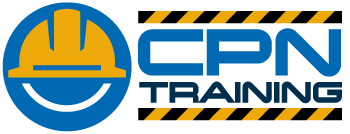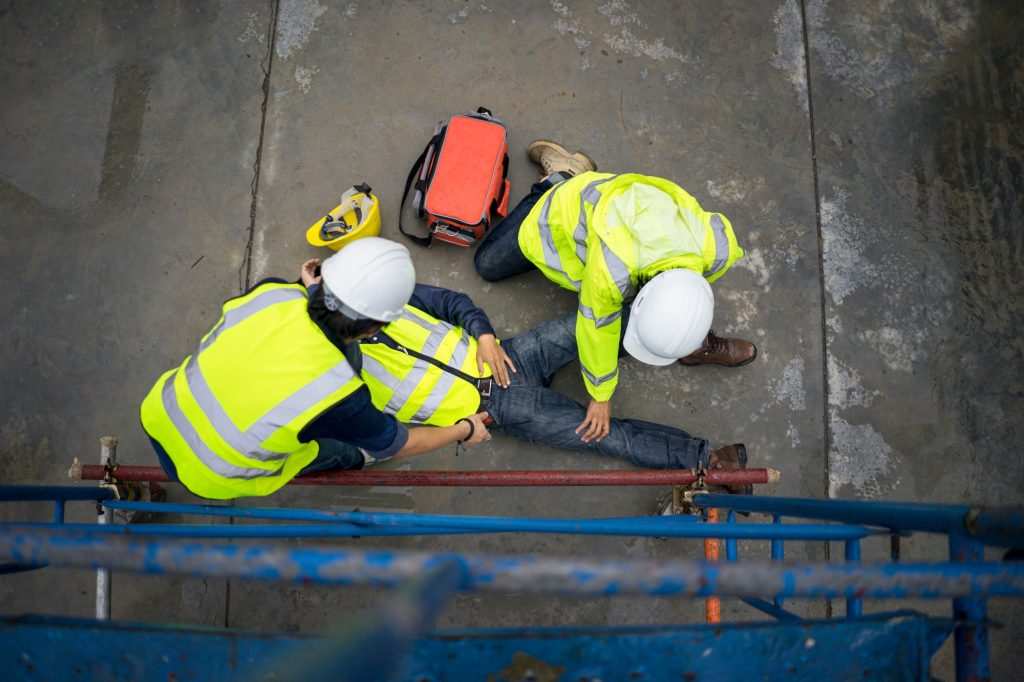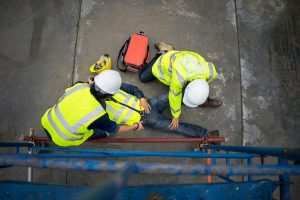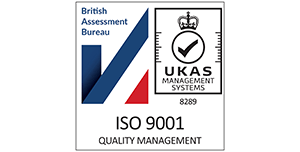In every industry, maintaining high safety standards is not only a legal requirement but also a moral obligation. However, ensuring that workers stay competent and alert over time can be challenging, particularly when day-to-day routines become second nature.
Refresher training exists to reinforce essential knowledge, update employees on new practices, and ultimately reduce the risk of complacency setting in.
Refresher training is designed to help individuals revisit and strengthen their understanding of critical procedures, health and safety regulations, and role-specific skills.
Whether it’s operating machinery, working at height, or managing site hazards, regular retraining ensures that both workers and employers continue to uphold the highest standards of safety and professionalism.
Understanding Refresher Training
Refresher training refers to the process of revisiting skills and knowledge that workers have previously been trained and certified in. Unlike initial training, which introduces new concepts, refresher sessions aim to consolidate learning and address any gaps that may have formed over time.
The content often includes reviewing best practices, assessing current competence, and providing updates on any changes to legislation or site procedures.
In the UK, the Health and Safety Executive (HSE) recommends regular retraining, though the frequency depends on the type of work and associated risks.
For instance, operators of heavy plant equipment or those handling hazardous materials may require refresher training every few years to maintain compliance with safety standards.
These sessions not only help employers meet legal obligations but also demonstrate a proactive approach to workforce wellbeing.
The Danger of Complacency in the Workplace
Complacency can quietly creep into even the most safety-conscious environments. When tasks become repetitive, workers may begin to take shortcuts or overlook vital checks, assuming that nothing will go wrong.
Unfortunately, this mindset can have serious consequences. Many workplace incidents occur not because employees lack knowledge, but because they’ve become too comfortable and stop applying it consistently.
Psychologically, humans are wired to prioritise efficiency and routine. Once a person feels confident performing a task, they may unconsciously lower their guard. Over time, this leads to reduced awareness of hazards and a higher likelihood of errors.
Refresher training acts as a reset button—reminding staff that even the most familiar jobs carry risks if performed carelessly. It reinforces the principle that safety is everyone’s responsibility, every single day.

Benefits of Regular Refresher Training
One of the primary benefits of refresher training is the reinforcement of safe working practices. When employees revisit the correct procedures for operating equipment, handling materials, or responding to emergencies, they’re less likely to develop unsafe habits.
Continuous training helps to maintain a consistent standard across the workforce, ensuring that everyone performs their duties in line with company and regulatory expectations.
Beyond reinforcing existing skills, refresher training also introduces workers to the latest developments in safety standards, equipment, and legislation. Industries evolve quickly, and practices that were acceptable a few years ago may now be outdated or non-compliant.
Regular retraining ensures that staff remain competent, confident, and aware of new methods or technologies designed to improve workplace safety and efficiency.
Identifying When Refresher Training Is Needed
Knowing when to schedule refresher training is just as important as the training itself. Warning signs such as an increase in near-misses, procedural mistakes, or lapses in communication often indicate that knowledge may be slipping.
Employers should also take note when introducing new machinery, materials, or working methods, as these changes can introduce unfamiliar risks that require updated training.
Routine audits, safety inspections, and employee feedback can be invaluable tools for identifying gaps in knowledge or performance. A structured training matrix, supported by a proactive culture of continuous learning, helps organisations determine when individuals or teams are due for refresher courses.
Rather than waiting for incidents to occur, businesses that plan training cycles can significantly reduce risks and improve operational consistency.
Delivering Effective Refresher Training
The effectiveness of refresher training depends largely on how it’s delivered. Traditional classroom sessions may still have their place, but practical, hands-on exercises tend to have a stronger impact.
Blending theory with real-world practice helps reinforce understanding and makes the information more memorable.
The aim is to engage participants, not simply repeat old material, so including interactive discussions or simulated scenarios can greatly improve outcomes.
Working with accredited providers and experienced trainers ensures that refresher sessions remain up to date and compliant with current standards. Employers should also maintain clear records of completed training, both for compliance purposes and to track staff progression.
When done well, refresher training doesn’t just tick a regulatory box—it becomes a cornerstone of a culture that values safety, competence, and continuous improvement.

Conclusion
Regular refresher training is far more than a formality; it’s an investment in the long-term safety and performance of any workforce. By keeping knowledge current and skills sharp, employers can significantly reduce the risk of complacency and create a more vigilant, responsible team.
When employees understand that learning never stops, the result is a safer, more confident working environment.
Ultimately, prevention is always better than a cure. Scheduling refresher training proactively—rather than in response to incidents—helps protect not only people but also productivity, reputation, and compliance.
In an ever-changing workplace, staying up to date through regular training is one of the simplest and most effective ways to maintain high standards and prevent complacency from taking hold.
Get in touch with us today to arrange a refresher training session.












